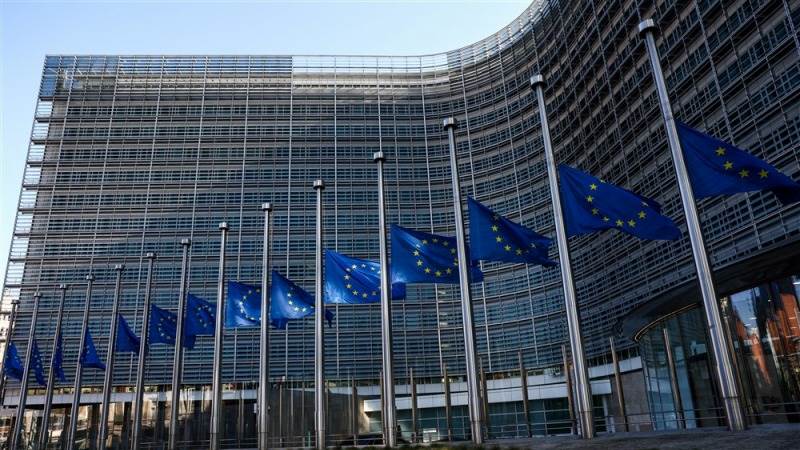The European Union on Friday agreed a deal to cut final energy consumption across the by 11.7% by 2030, as parts of efforts to tackle climate change and curb Europe’s use of Russian fossil fuels.
The deal was agreed after all-night talks between negotiators from EU countries and the European Parliament.
To hit the target under the new deal, countries will be required to renovate millions of draughty buildings to waste less energy. The goal is crucial to the EU’s efforts to combat climate change as constructing and using buildings produces a third of EU greenhouse gas emissions, while most European buildings are also heated by fossil fuels.
“This will mean real change for the benefit of the climate and disadvantage of Putin,” said Niels Fuglsang, Parliament’s lead negotiator.
The consensus reached by negotiator is that energy consumed by end-users in the bloc such as households and factories in 2030 should be 11.7% lower than expected use by that date.
Read also: US Treasury under fire for moving too slow on climate risks
The EU had initially proposed in 2021 that the target be a 9% saving, but hiked that to 13% last May in a bid to quit Russian fuels faster after Russia, previously Europe’s top gas supplier, invaded Ukraine. However, the 11.7% goal was a compromise between the EU Parliament, which had wanted a far higher goal of 14%, and some EU countries who wanted to stick to the original 9% aim.
Although the target will be legally binding, countries will set their own non-binding national goals. The European Commission will only correct them if they do not add up to the 11.7% goal.
From 2024 to 2030, countries will have to save an average of 1.49% of final energy consumption per year and speed up their renovations of public buildings, renovating at least 3% of the total floor area of publicly-owned buildings each year.
The deal will now go to the European Parliament and EU countries for a final vote – which is usually a formality that approves the law with no changes.
Story was adapted from Reuters.
